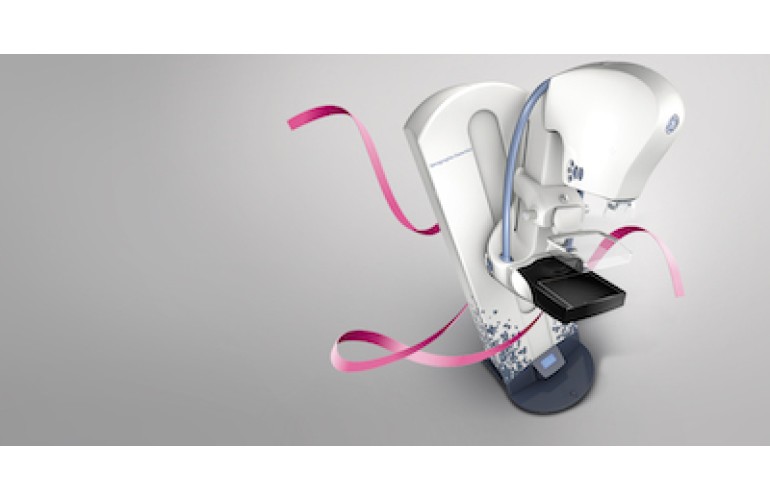 Subscribe
Subscribe- Login
-
/
Sign Up
- US Black Engineer
- >>
- Articles
- >>
- New mammography system from GE
GE Healthcare is launching the new Senographe Pristina™ to fight breast cancer by encouraging early detection.
With the new Senographe Pristina, a next-generation mammography system, GE has completely redesigned the mammography experience to make breast screening more comfortable and inviting.
Traditional mammography systems compress the breast automatically, which can be a source of considerable discomfort.
Senographe Pristina features a self-compression tool that helps give women a sense of control by allowing them to manually adjust the degree of breast compression. Under the direction of a technologist, the patient can set compression to a level that feels right for them.
Fear of pain is one of the most common reasons why women do not schedule a mammogram. A recent study conducted by Evans, et.al, found that painful exams explain why 25 to 46 percent of women failed to return for further breast imaging.
The study concluded that effective pain-reducing interventions in mammography are needed to encourage more women to come in for screening.
In 2016, the American Cancer Society (ACS) said that among black women the most common cancers are breast (32% of all cancers), lung (11%), and colon and rectum (9%).
According to the ACS’s Cancer Facts and Figures for African Americans 2016-2018, although racial disparities for these cancers have narrowed for many cancers, the racial disparity has widened for breast cancer in women likely due to inequalities in access to care, including screening.
Senographe Pristina features a range of ergonomic features that are designed to enable patients to be more comfortable, GE says.
All parts in contact with the patient’s breasts, for example, have gentle, rounded corners for greater comfort. The system features comfortable armrests that relax the pectoral muscles to simplify positioning, compression and image acquisition.
Taken together, these design features mean that technologists are better able to focus on precise positioning, making exams easier and faster. Poor positioning is the cause of most clinical image deficiencies that often require a rescan3.
“We are committed to fighting breast cancer by encouraging early detection,” says Heather Chalmers, Canadian General Manager of GE Healthcare. “Senographe Pristina is humanizing the mammography experience by increasing comfort and reducing patient anxiety. The system’s potential to help increase the number of annual screening exams is an important step forward in women’s healthcare.”
GE Healthcare worked closely with patients; technologists and radiologists from Gustave Roussy Cancer Center to get critical input to ensure the system would address the major pain points for all three groups. Gustave Roussy is one of the largest cancer treatment centers in Europe.
A study by Gustave Roussy analyzing the patient response to the new mammography system found that 83 percent of patients4 surveyed were extremely satisfied with the exam.


